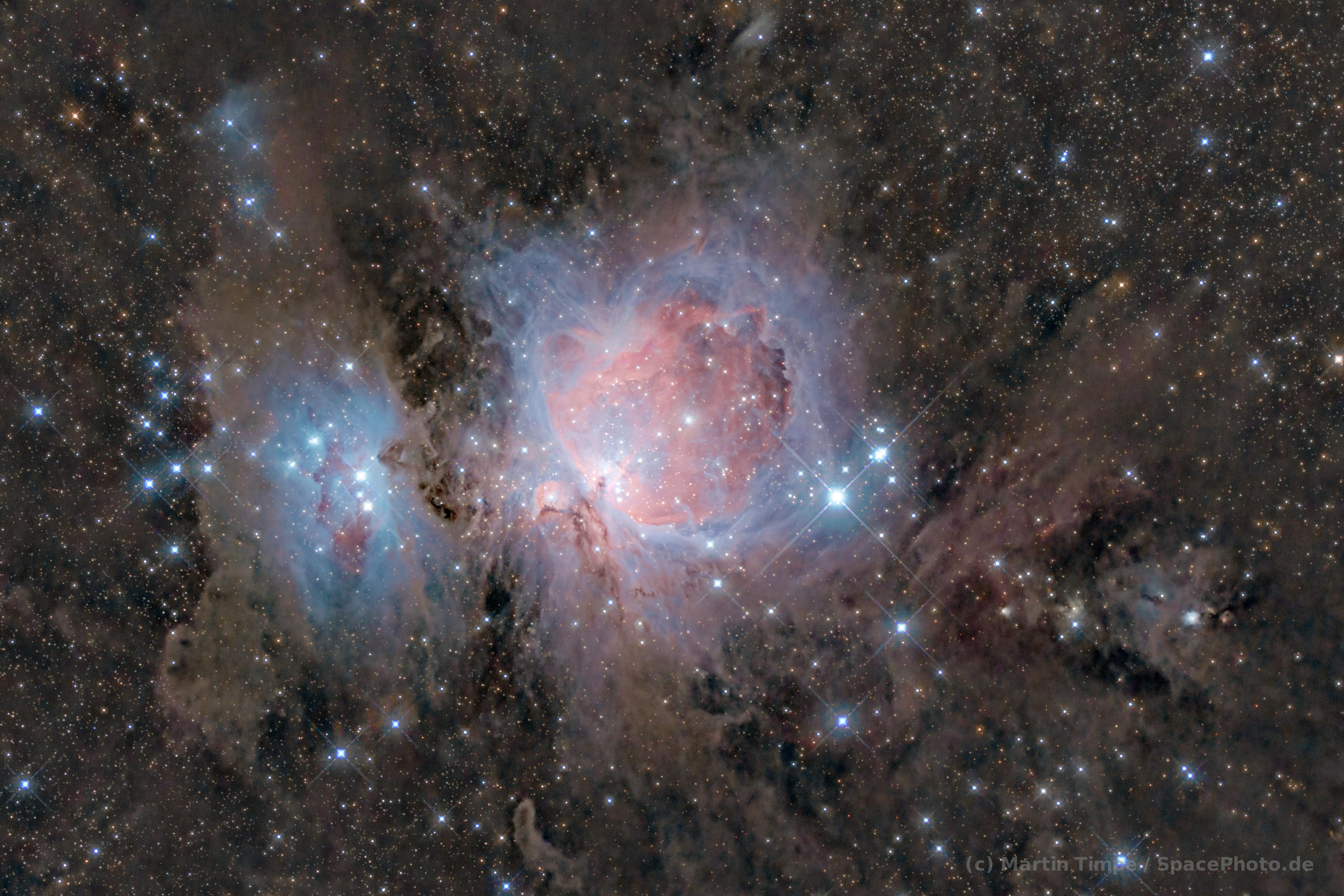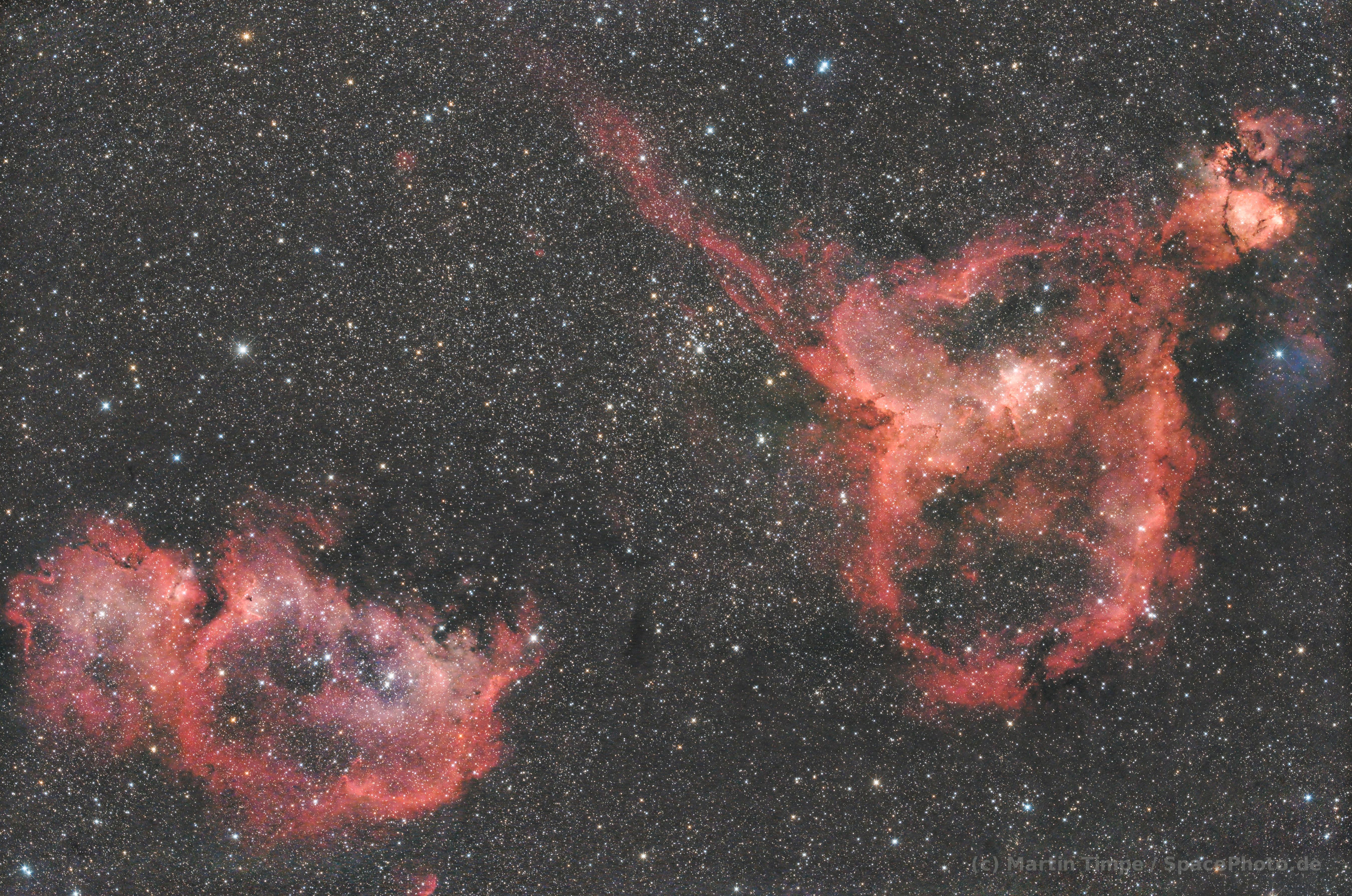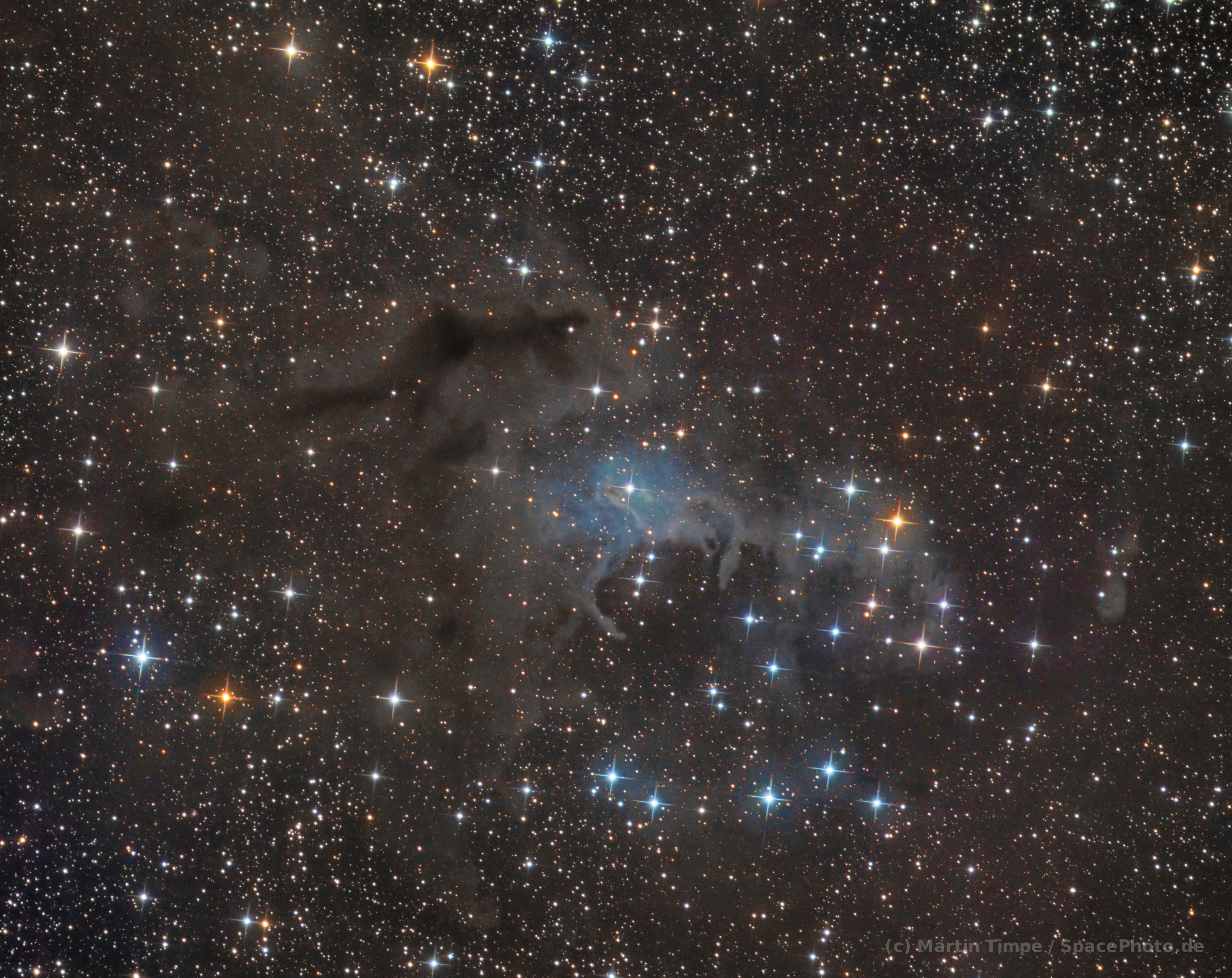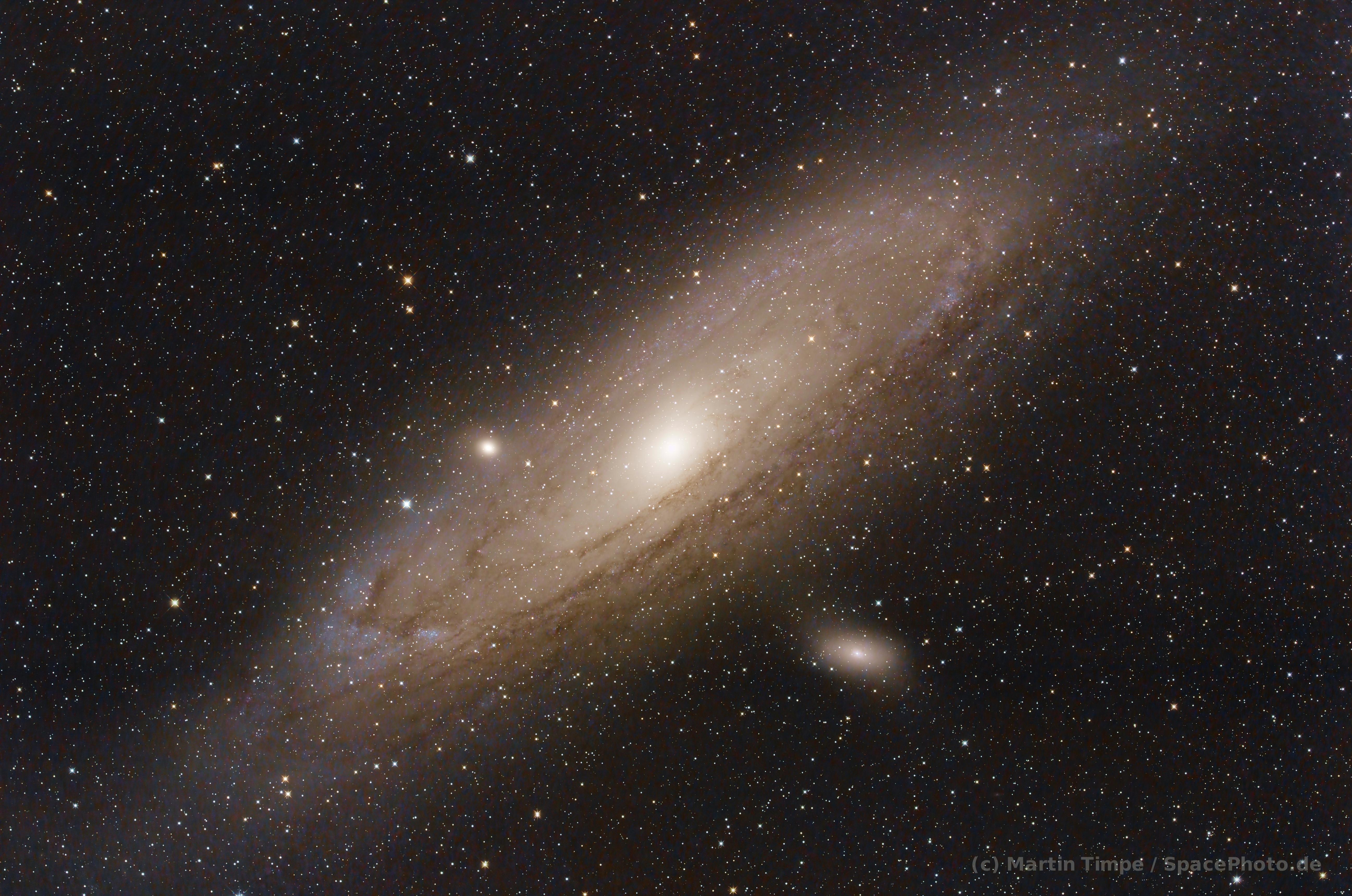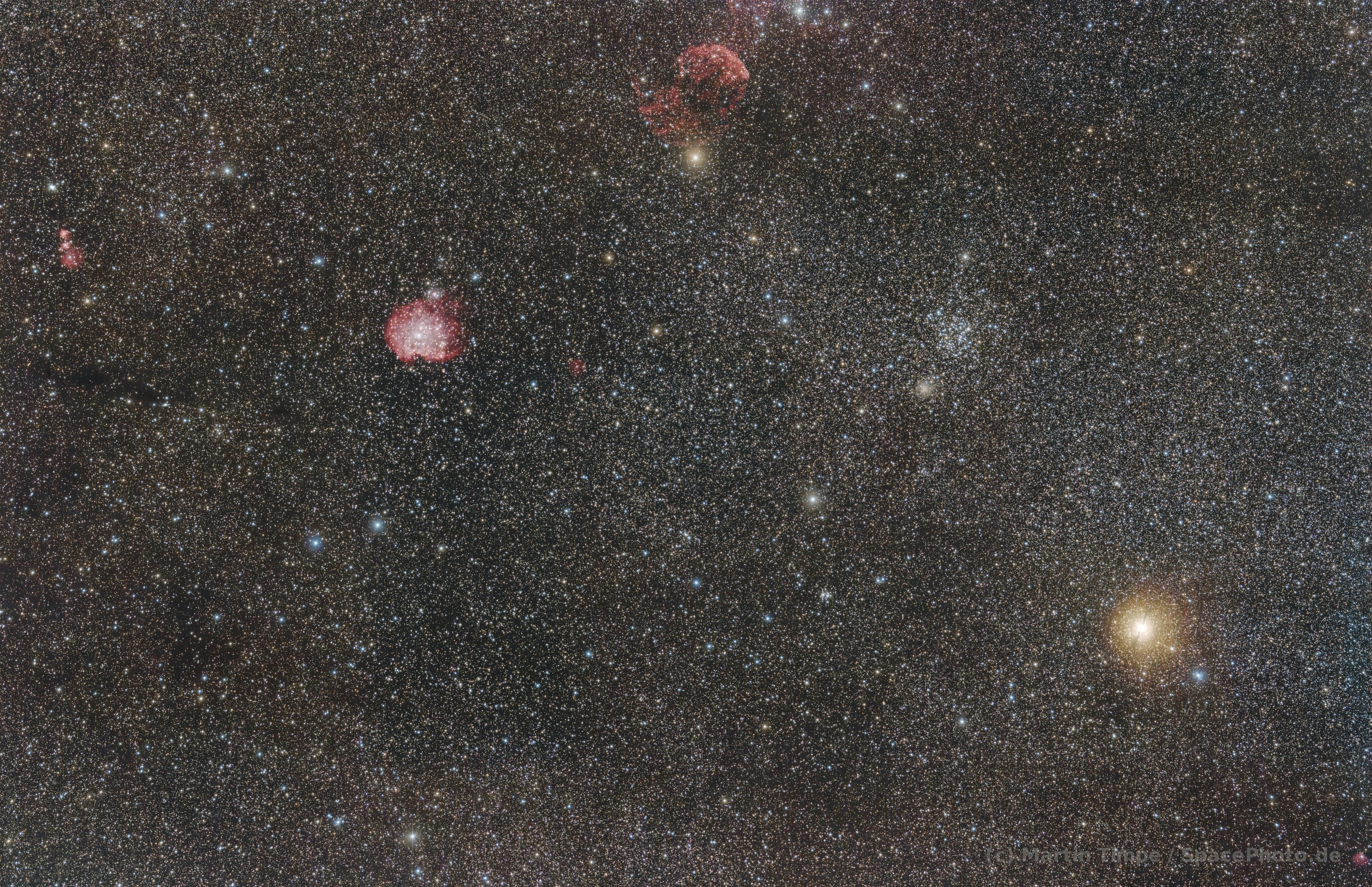The Beehive Cluster / Praesepe M 44 in constellation cancer and seven asteroids
Messier 44, also known as the Beehive Cluster or Praesepe, is a bright and prominent open star cluster located in the constellation Cancer. It is located approximately 610 light-years away from Earth. It is one of the closest open star clusters to our solar system. As the cluster lies close to the ecliptic, asteroids from the solar system can often be observed in its vicinity, depending on the date of capture.




